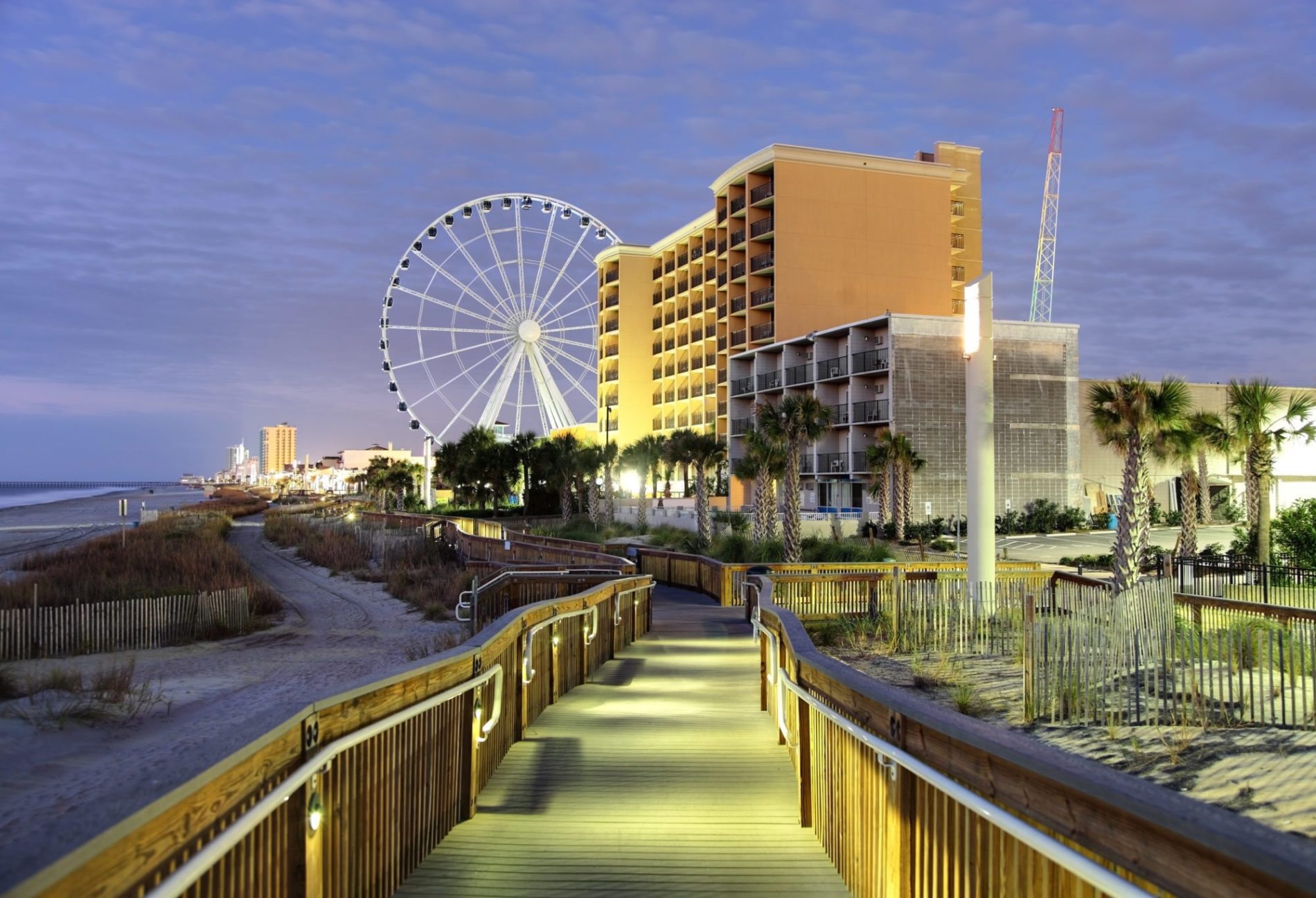GOOD, NOT GREAT NEWS FOR GRAND STRAND …
Earlier this year we submitted a Freedom of Information Act (FOIA) request to the S.C. Department of Revenue (SCDOR) seeking data on accommodations tax receipts for both Myrtle Beach, S.C. and Horry County, S.C.
Our goal in submitting this request? To determine whether government-subsidized industry leaders were telling the truth when they claimed to have attracted 18 million tourists to the Grand Strand region of the Palmetto State this summer.
That would represent a healthy 4.6 percent increase over last year’s 17.2 million mark.
We published some preliminary data earlier this year, but we now have a more complete picture of the revenue collected.
First, here’s a breakdown of accommodations tax receipts from Myrtle Beach, S.C.
2015 * MONTH * 2016
$900,920.56 – APRIL – $826,253.32
$1,067,712.87 – MAY – $942,524.40
$1,594,834.61 – JUNE – $1,653,778.98
$2,099,208.53 – JULY – $2,310,809.92
$1,715,949.71 – AUGUST – $1,654,586.67
$855,058.64 – SEPTEMBER – $971,003.43
$8,233,684.92 – TOTAL – $8,358,956.72
By our math, that’s a 1.5 percent increase – well below the projected 4.6 uptick in visitors (especially when you factor inflation into the mix).
Now here’s a breakdown of the data for Horry County – which includes North Myrtle Beach, Surfside Beach, Atlantic Beach, Briarcliffe Acres and Garden City.
2015 * MONTH * 2016
$1,442,958.85 – APRIL – $1,425,436.72
$1,929,546.67 – MAY – $1,725,178.81
$3,193,167.28 – JUNE – $3,393,850.18
$4,267,996.73 – JULY – $4,750,911.45
$3,270,659.75 – AUGUST – $3,216,955.74
$1,668,875.78 – SEPTEMBER – $1,917,657.57
$15,773,205.06 – TOTAL – $16,429,990.47
According to our calculations, that’s a 4.16 percent increase – which would be more consistent with the data released by tourism leaders (although again, you’d expect to see a bit bigger uptick when you adjust for inflation).
Bottom line? This is good (but not great) news for the Grand Strand – especially when you consider some of the national economic headwinds it was facing.
Of course the coming years could prove much more difficult – even if the nation’s economic outlook improves.
How come? Well, as we’ve previously noted the Grand Strand simply isn’t evolving as a tourist destination – which means it is likely to incur some significant monetary losses in the not-too-distant future if it doesn’t mix things up moving forward.
Do we expect to see such bold leadership from the Grand Strand’s corrupt crop of leaders? No, we do not. Although for the first time in a long time there are some promising “destination diversification” measures being contemplated at the state level, we’re told.
Stay tuned for more on that …
(Banner via iStock)
